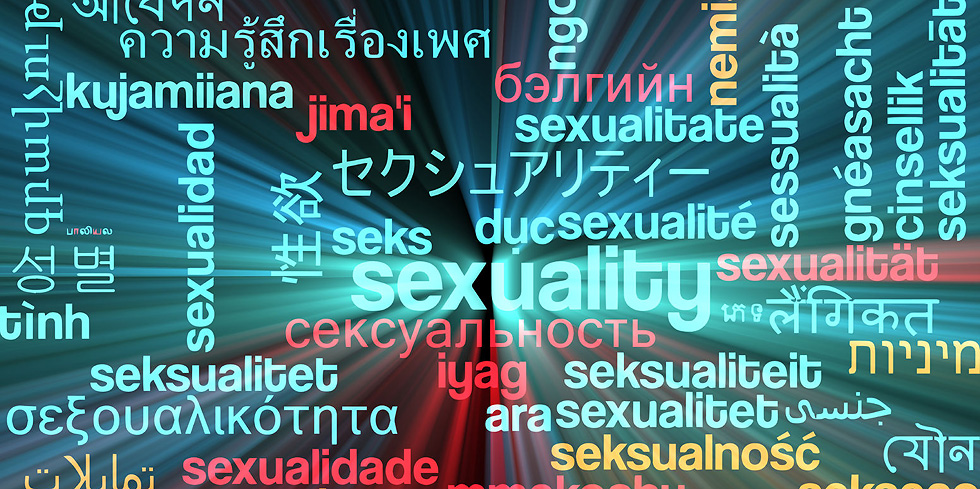Diversity, often at the forefront of our thinking, as it needs to be. However, I have some concern that it is at times a narrow lens through which some look. A recognition and understanding of cultural diversityis essential to work well with relationships/couples and individuals and I suggest we need to broaden how we see this. How much reference is given to this at assessment/history taking?
I am struck particularly about being inclusive of education, religion/faith,socio-economic groups, culture and whilst those are often clear or obvious, some are not. If we take, for example, some Sephardic Jews – they often identify themselves when asked, as Middle Eastern, Indian, Spanish/Portuguese as an example.
We need to go beyond the obvious so that we are truly inclusive and tailor our therapeutic offerings accordingly. Those who may be Muslims, observant or not, do not all look the same, equally practicing Christians who may come from a myriad of definitions will also come from different ethnic groups.How do we as psychotherapists look at cultural diversity? We could consider itin a more broad and nuanced way e.g., even if two people are not just Christian but both from a Roman Catholic background, one of them might be a devout, regular churchgoer whereas the other might have no interest in their former religious upbringing.
In the BACP journal as far back as 2012 it was written:
Even with some prior knowledge of a client’s culture and beliefs, there is still a danger that the counsellor may assume that two clients, who appear to be from the same cultural background or geographical location, will hold the same values and beliefs. Simple things, such as seating and personal space, may be something to be considered, as certain body posture, eye contact and other gestures may be interpreted incorrectly by the client.
Diversity is not only about sexuality, sexual preference, relationship preference, although highly important in our work. The Global Diversity Practice frame it:
….it’s about empowering people by respecting and appreciating what makes them different, in terms of age, gender, ethnicity, religion, disability, sexual orientation, education, and national origin.
When we work with relationships do we explore the diverse and transcultural aspects of them? It may be as seemingly simple as one of them comes from Scotland and the other from Devon. Do we see this as transcultural/diverse?
We need to address relationship diversity, which has developed into something, often very different, certainly from when I trained in 1990. As someone who was part of the women’s movement, Greenham Common, The Vagina Dialogues and so on – we have moved far from that, and maybe I hold some sadness that those at the forefront of political change do not fully appreciate how my generation set some of the scene for what is possible and happening now.
www.ncbi.nlm.nih.gov/pmc/articles/PMC2793275/:
Culturally competent care has been defined as a system that acknowledges the importance and incorporation of culture, assessment of cross-cultural relations, vigilance toward the dynamics that result from cultural differences, expansion of cultural knowledge,and adaptation of interventions to meet culturally unique needs (Whaley & Davis 2007).
Thus, the world of psychosexual and relationship psychotherapy has developed and changed out of all recognition in the last 60 years. Certainly when I trained in the late 1980’s cultural diversity was barely mentioned or part of what we considered other than fleetingly. It is still a new form of psychotherapy and constantly evolving and requires much from students to the newly qualified and those who hold senior positions.
The movement is swift and sometimes we run to catch up!
Judi Keshet-Orr
Founder & Course Director LDPRT


Comments are closed, but trackbacks and pingbacks are open.